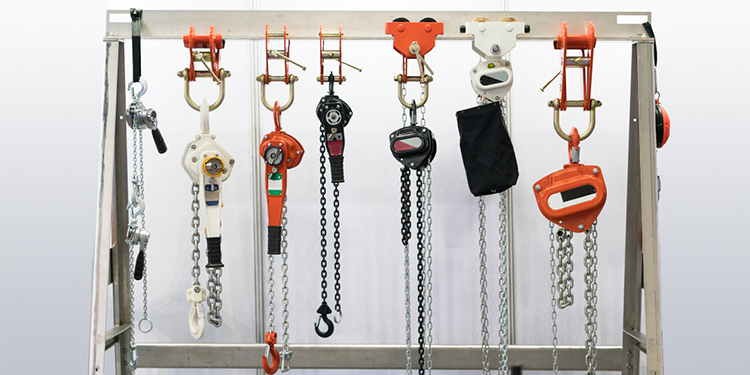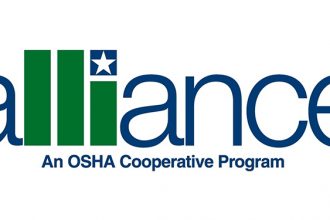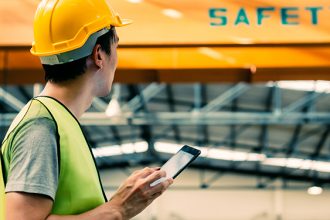Hoist Equipment 101: An Overview Of A Key Overhead Lifting Technology

Hoist equipment — working in conjunction with overhead cranes (connected via a trolley that travels the length of the crane bridge), monorails (attached to a carrier traveling on a track) or workstation cranes (suspended from the end of a cantilevered bridge or on a runway) — is what makes the vertical lifting and lowering of freely suspended, heavy or bulky loads possible. They enable an item to be moved throughout an operation overhead, without interfering with activities or obstructions at floor level. They also handle the heavy lifting, minimizing the risk of ergonomic injuries associated with repetitive manual lifting.
Common hoist applications include:
- Facilitating assembly operations by moving products through production
- Positioning a component for additional processes or work
- Loading and unloading open trailers or railcars
- Staging work-in-process awaiting additional production
- Moving heavy items and placing them into (or removing them from) storage areas and to and from shipping and receiving docks
Each hoist’s lifting capacity is determined by its construction, while their operation is controlled by a worker manually, or via a wired pendant station or wireless remote control. Loads are lifted with either link or roller chain or with a wire. The lifting action is powered in one of three ways:
- Manual hoists (also known as lever hoists or ratchet hoists) incorporate a mechanical lever that is raised and lowered by hand. As the hoist operator manipulates the lever, tension is applied (or released). Alternately, in some hoists, the lever activates a ratchet-and-pawl configuration that incrementally lifts and lowers the load.
- Air hoists (also known as pneumatic hoists) are powered by pneumatically driven motors, most frequently in operations with potentially explosive environments that need to avoid electric sparks. These hoists can be equipped with either chain or wire for load lifting and lowering.
- Electric hoists can also use either wire rope or chain and are powered by electrically driven motors to lift or lower their payload.
Because they are supplied separately from an overhead crane or workstation crane, hoists can be easily swapped out from an existing crane or customized with different below-the-hook equipment (also called end effectors). These application-specific devices range from hooks, magnets, and slings to grippers, beams, and vacuum lifters.
Looking for more information on hoist systems? The members of the Hoist Manufacturers Institute (HMI) offer a variety of resources—including a comprehensive library of product guides; a hoist certification program; OSHA Alliance safety tip sheets, fact sheets and quick cards; multiple technical papers and more—via its website at www.MHI.org/hmi.



